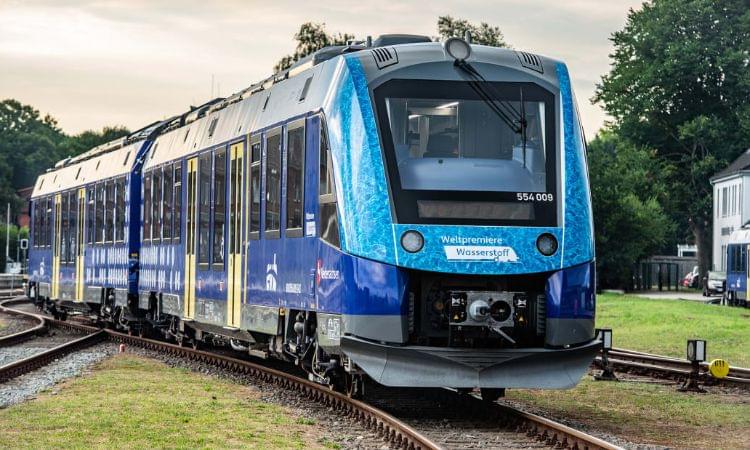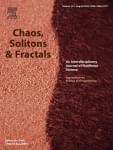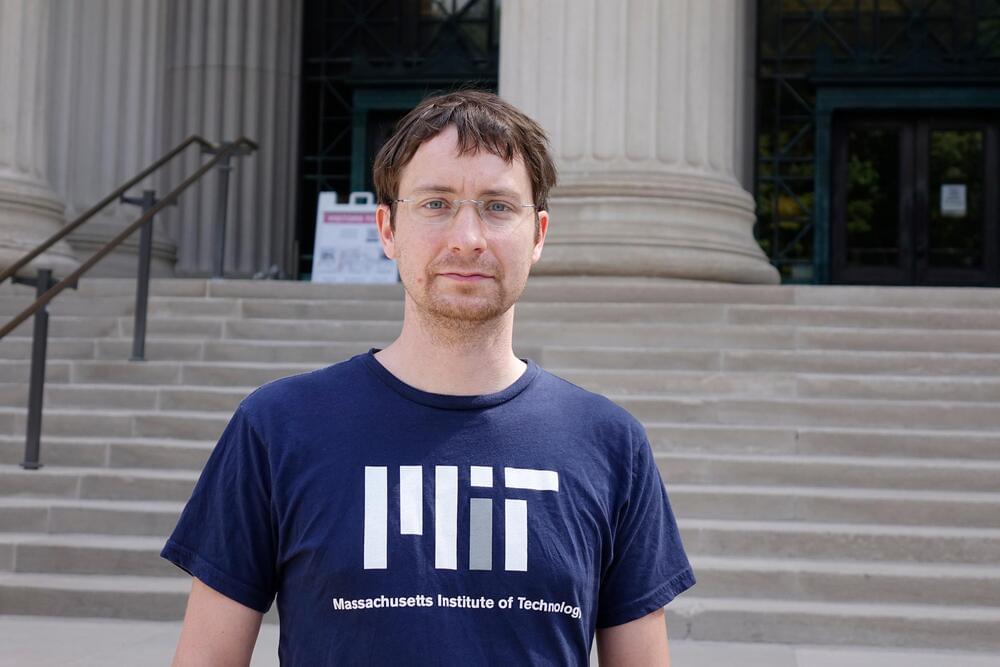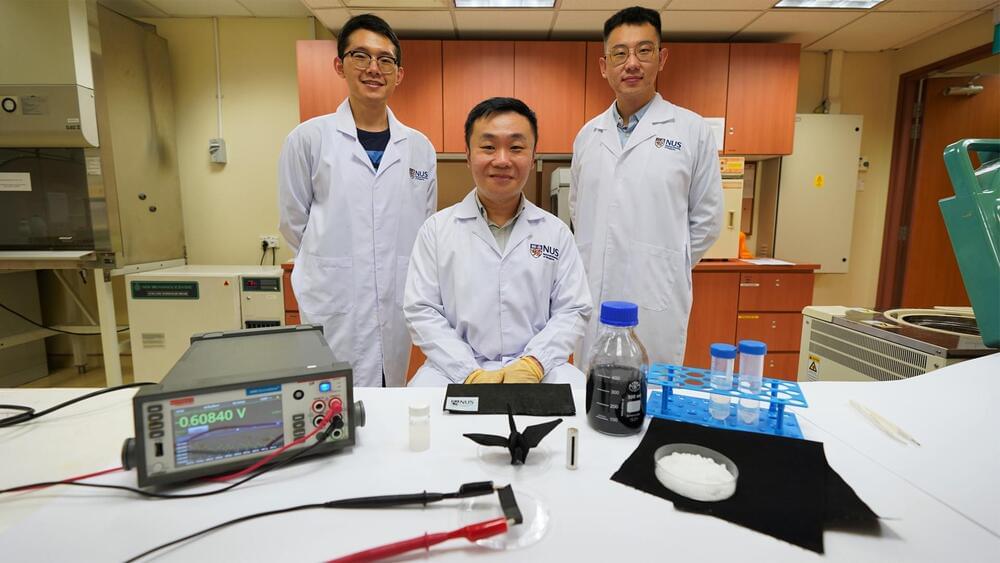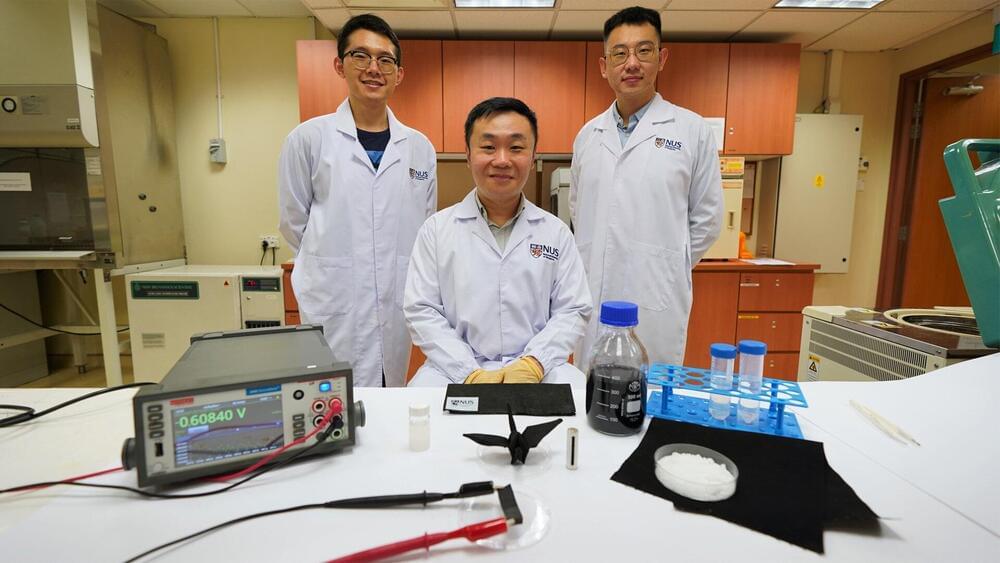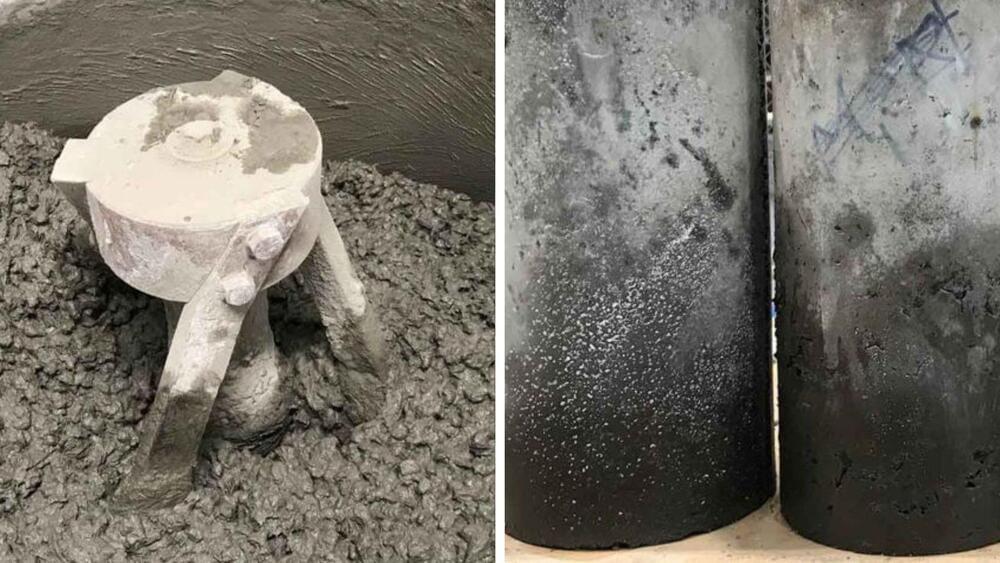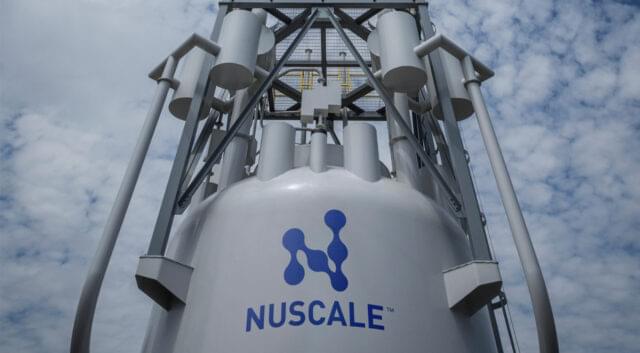Aug 24, 2022
New platform could make gene medicine delivery easier and more affordable
Posted by Kelvin Dafiaghor in categories: biotech/medical, engineering, nanotechnology
The success of COVID-19 vaccines is a great example of gene medicine’s tremendous potential to prevent viral infections. One reason for the vaccines’ success is their use of lipid nanoparticles, or LNPs, to carry delicate messenger RNA to cells to generate and boost immunity. LNPs—tiny fat particles—have become increasingly popular as a carrier to deliver various gene-based medicines to cells, but their use is complicated because each LNP must be tailored specifically for the therapeutic payload it carries.
A team led by Hai-Quan Mao, a Johns Hopkins materials scientist, has created a platform that shows promise to speed up the LNP design process and make it more affordable. The new approach also can be adapted to other gene therapies.
“In a nutshell, what we have done is creating a method that screens lipid nanoparticle components and their proportions to quickly help identify and create the optimal design for use with various therapeutic genes,” said Mao, director of the Institute for NanoBioTechnology at Johns Hopkins Whiting School of Engineering and professor in the departments of Materials Science and Engineering and Biomedical Engineering.

